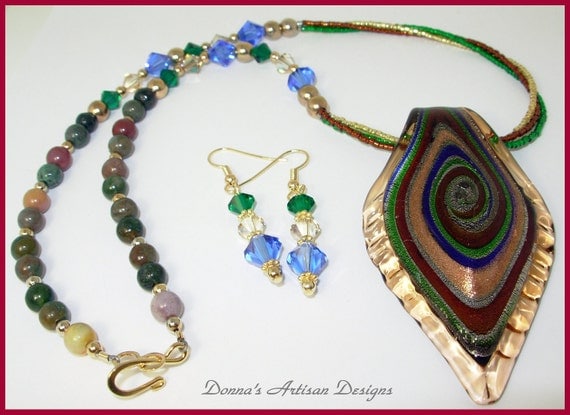Dichroism
From Wikipedia, the free encyclopedia
Dichroism has two related but distinct meanings in optics. A dichroic material is either one which causes visible light to be split up into distinct beams of different wavelengths (colours) (not to be confused with dispersion), or one in which light rays having different polarizations are absorbed by different amounts.[1]
References
^ University Physics 6th Ed. F.W. Sears, M.W. Zemansky, H.D. Young ISBN 02101071991
The original meaning of dichroic, from the Greek dikhroos, two-coloured, refers to any optical device which can split a beam of light into two beams with differing wavelengths. Such devices include mirrors and filters, usually treated with optical coatings, which are designed to reflect light over a certain range of wavelengths, and transmit light which is outside that range.
Dichroic glass is glass containing multiple micro-layers of metal oxides which give the glass dichroic optical properties. The invention of dichroic glass is often erroneously attributed to NASA and its contractors[1], who developed it for use in dichroic filters. Dichroic glass dates back to at least the 4th century AD as seen in the Lycurgus cup.[2] Dichroic glass is an example of thin-film optics.
Multiple ultra-thin layers of different metals (gold, silver), metal oxides (titanium, chromium, aluminium, zirconium, magnesium) and silica are vaporised by an electron beam in a vacuum chamber. The vapour then condenses on the surface of the glass in the form of a crystal structure. This is sometimes followed by a protective layer of quartz crystal.[3]
Dichroic glass is now available to artists through dichroic coating manufacturers. Glass artists often refer to dichroic glass as "dichro".[4] The main characteristic of dichroic glass is that it has a transmitted colour and a completely different reflected colour, as certain wavelengths of light either pass through or are reflected. This causes an array of colour to be displayed. The colors shift depending on the angle of view.
Dichroic glass is specifically designed to be hotworked but can also be used in its raw form. Sculpted glass elements that have been shaped by extreme heat and then fused together may also be coated with dichroic afterwards to make them reflect an array of colors.
References
^ High Tech Art: Chameleon Glass
. NASA. 1993. ISBN 0160421004.
^ "The Lycurgus Cup - The British Museum"
.
^ a b c d FAQs on Dichroic Glass
, Coatings by Sandberg, Inc.

No comments:
Post a Comment